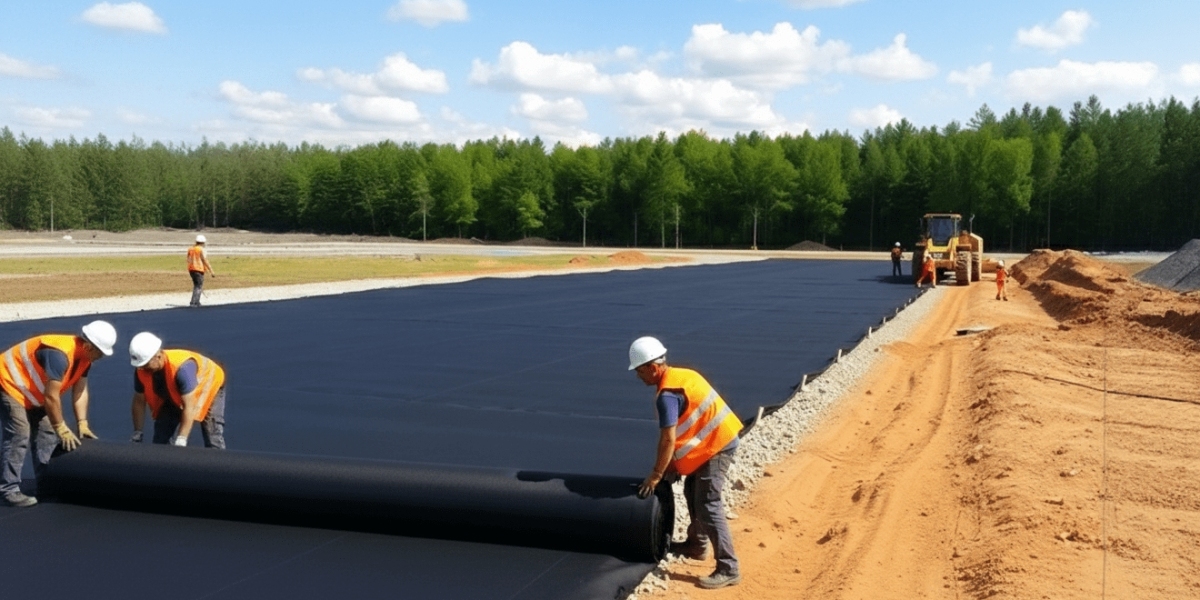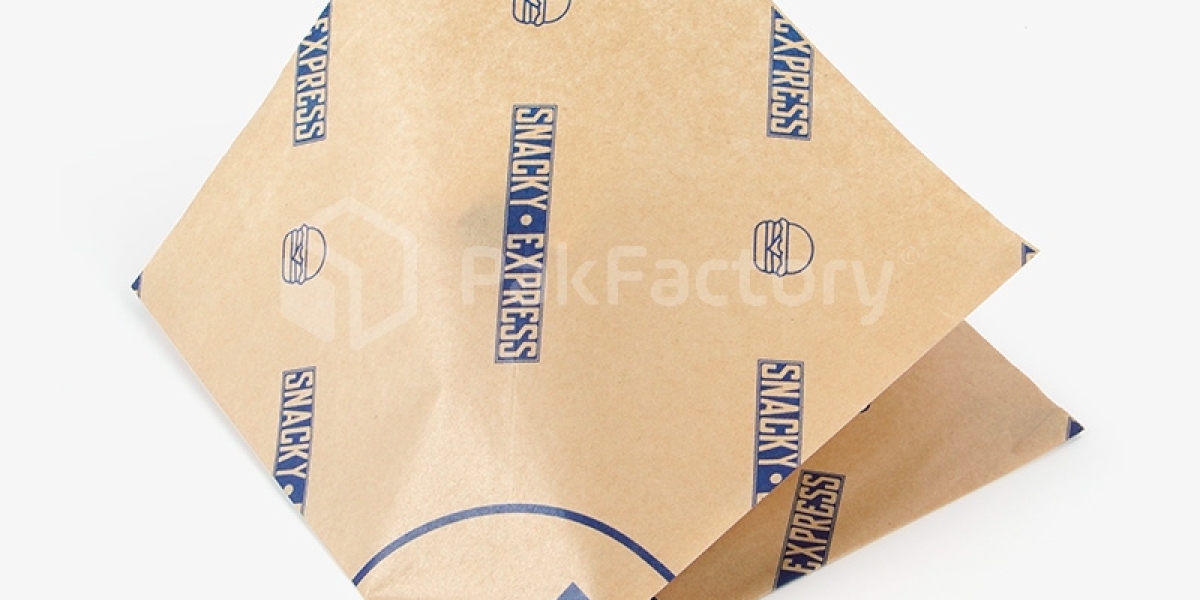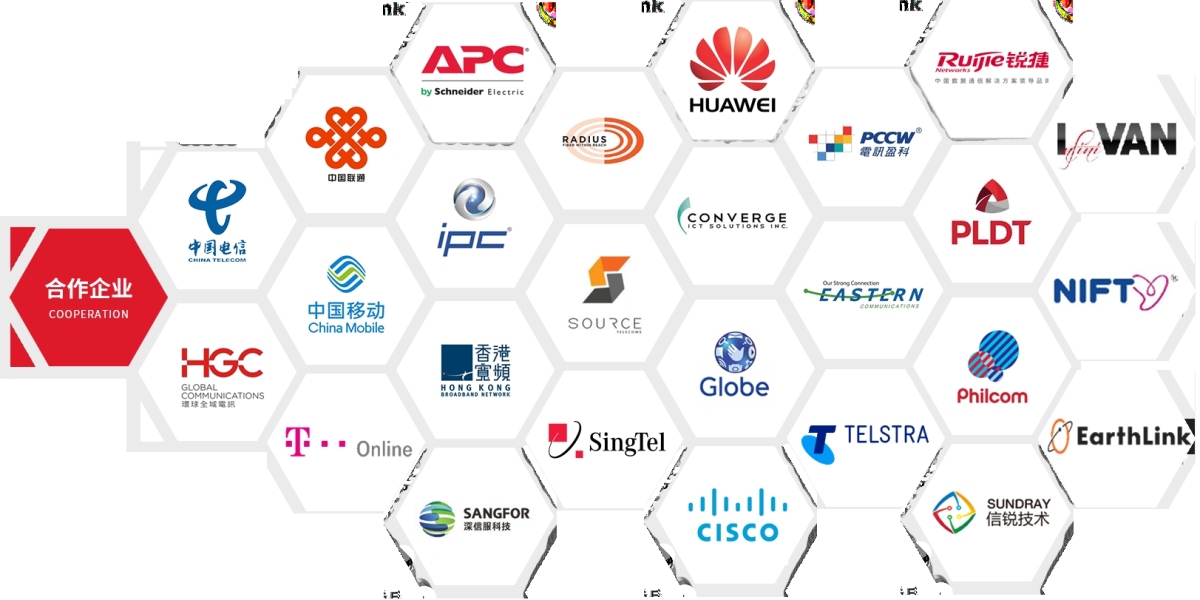In the construction and infrastructure industry, sustainability and durability are at the forefront of project goals. As demand for robust, long-lasting infrastructure grows, so does the need for innovative materials that can withstand environmental and physical stress. One such material that has proven essential in ensuring long-term success in road construction and infrastructure development is soil stabilization fabric.
This specialized material offers a range of benefits that go beyond traditional soil stabilization techniques. As the demand for sustainable and cost-effective solutions increases, it is crucial for decision-makers in construction and infrastructure projects to consider integrating soil stabilization fabrics into their designs. In this article, we will explore why soil stabilization fabric is vital for sustainable development and how it plays a key role in enhancing the longevity and performance of infrastructure projects.
What is Soil Stabilization Fabric?
Soil stabilization fabric is a type of geotextile material used to improve the properties of the soil in construction projects. Primarily used in road construction, soil stabilization fabric is designed to reinforce the soil structure, reduce soil erosion, and improve drainage and load distribution. Made from synthetic materials such as polypropylene or polyester, these fabrics are durable and resistant to environmental factors like moisture, temperature fluctuations, and UV rays.
In road construction, geotextile fabric in road construction plays an essential role in ensuring that the soil beneath the roadway can support the weight of vehicles and withstand the forces of nature. These fabrics are placed between layers of soil to separate, filter, and stabilize the underlying ground, creating a more stable base for the construction of roads, highways, and other infrastructure.
The Role of Soil Stabilization Fabric in Sustainable Infrastructure Development
The growing emphasis on sustainable infrastructure has prompted the construction industry to explore innovative solutions that reduce environmental impact and promote long-term durability. Soil stabilization fabric is one such solution that has gained popularity in recent years. Here's how it contributes to sustainable road and infrastructure development:
1. Enhanced Durability and Load-Bearing Capacity
Soil stabilization fabrics significantly improve the load-bearing capacity of the soil, which is crucial in road construction. By reinforcing the soil structure, these fabrics prevent the ground from becoming too soft or unstable under heavy loads. This enhanced stability ensures that the road can support the weight of vehicles over time without sinking or cracking.
In addition, soil stabilization fabric helps to distribute loads evenly across the surface, which reduces the risk of rutting, cracking, or other forms of road damage. Roads that incorporate geotextile fabrics can withstand the stress of repeated traffic loads, reducing the need for frequent repairs and maintenance.
2. Cost-Effectiveness in the Long Run
While the initial cost of installing soil stabilization fabric may be higher than traditional soil treatment methods, it proves to be more cost-effective in the long run. By improving the soil's stability and reducing the likelihood of road failure, it lowers maintenance costs and extends the lifespan of infrastructure.
In road construction projects, where long-term investment is a key consideration, the use of soil stabilization fabric can result in significant savings by minimizing the need for ongoing repairs. The material's ability to prevent soil erosion and degradation also reduces the costs associated with repairing damaged roadbeds and subgrades.
3. Environmental Sustainability
Soil stabilization fabric promotes environmental sustainability in several ways. First, it reduces the need for excessive excavation and soil replacement, which can be both time-consuming and environmentally damaging. By improving the existing soil structure, soil stabilization fabric reduces the amount of natural resources that need to be extracted and transported to the construction site.
Furthermore, these fabrics help to control soil erosion, a common problem in road construction. Erosion can lead to sedimentation in nearby waterways, negatively impacting local ecosystems. By stabilizing the soil, geotextile fabric in road construction minimizes this risk, contributing to more sustainable construction practices.
4. Improved Drainage and Moisture Control
Proper drainage is crucial in road construction, particularly in areas with high rainfall or wet conditions. Soil stabilization fabric helps to improve the drainage of water through the soil, preventing the accumulation of moisture that can weaken the roadbed.
In addition to enhancing water flow, the fabric also prevents the mixing of different soil layers, maintaining the integrity of the subgrade. This is particularly important for roads built on soft or unstable ground, where moisture control is essential for preventing settling and deterioration.
How Geotextile Fabric Is Used in Road Construction
In road construction, geotextile fabric in road construction is typically used in a variety of ways to improve the foundation and structural integrity of the road. Here are the primary uses of soil stabilization fabric in infrastructure projects:
1. Separation Layer
Geotextile fabrics are placed between the soil and aggregate layers to create a separation barrier. This prevents the mixing of fine soil particles with the larger aggregate, ensuring that the road structure remains stable and intact over time. By acting as a barrier, the fabric helps to maintain the integrity of the roadbed, preventing the lower soil layers from contaminating the upper layers.
2. Reinforcement
Soil stabilization fabric also serves as a reinforcement layer, strengthening the soil and preventing deformation under heavy traffic. It adds tensile strength to the soil, making it more resistant to compression and shear forces. This reinforcement is especially beneficial in areas with soft or unstable soil, where traditional soil stabilization methods may not be sufficient.
3. Filtration
In addition to separation and reinforcement, geotextile fabric in road construction also plays a key role in filtration. It allows water to pass through while preventing the movement of soil particles. This filtration process helps to prevent clogging of drainage systems and ensures that the soil remains stable and free of excess moisture.
4. Erosion Control
Finally, soil stabilization fabric can be used as part of an erosion control strategy. By reducing the movement of soil and improving drainage, these fabrics help prevent erosion on slopes, embankments, and other vulnerable areas of the road.
Choosing the Right Soil Stabilization Fabric for Your Project
Selecting the right soil stabilization fabric for your project is critical to its success. Here are some factors to consider:
- Soil Type: Different soils require different types of stabilization fabric. Ensure that the fabric chosen is compatible with the soil in your project area.
- Project Scale: Large-scale projects may require stronger, more durable fabrics to handle heavy loads and harsh environmental conditions.
- Environmental Conditions: Consider factors such as moisture levels, rainfall, and temperature fluctuations when selecting soil stabilization fabric.
Partnering with a reputable supplier that offers high-quality geotextile fabrics is essential for ensuring the success of your project.
Partnering with Experts for Reliable Soil Stabilization Solutions
Partnering with an industry leader like Mewar Polytex Group ensures reliable supply and consistent quality for your soil stabilization fabric needs. With over 45 years of expertise in woven and laminated fabric production, Mewar Polytex provides high-performance geotextile solutions designed to enhance soil stability, reduce erosion, and improve drainage in road construction and infrastructure projects.
Their advanced weaving and lamination technologies deliver durable fabrics that resist UV degradation and environmental wear, making them ideal for long-term use in soil stabilization. Mewar Polytex’s soil stabilization fabrics offer cost-effective, sustainable solutions that help businesses maintain stable foundations for roads, highways, and other infrastructure.
By working with trusted experts, businesses gain not only high-quality materials but also the technical support and design flexibility necessary to stay competitive in today’s construction industry.
Soil stabilization fabric is a key material in ensuring the sustainability and longevity of infrastructure projects. By enhancing soil stability, improving load-bearing capacity, and reducing maintenance costs, it plays a vital role in modern road construction. For clients in the construction industry, investing in soil stabilization fabric is a smart decision that will result in more durable, cost-effective, and environmentally sustainable infrastructure.
If you’re ready to explore the benefits of soil stabilization fabric for your next project, contact us today to learn more about our high-quality geotextile solutions and how they can meet your construction needs.







